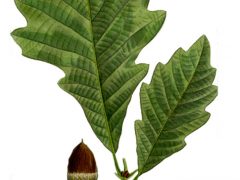
swamp white oak
Quercus bicolor
Height and spread of 50–60’. Indigenous to moist to swampy locations in bottomlands and lowlands, … Continued
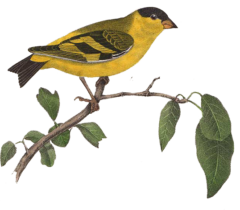 Many songbirds and other wildlife depend on seeds and fruit produced by various plants and feed on the insects drawn into our gardens. The following is a list of plants that provide fruit, nuts, and seeds for various songbirds.
Many songbirds and other wildlife depend on seeds and fruit produced by various plants and feed on the insects drawn into our gardens. The following is a list of plants that provide fruit, nuts, and seeds for various songbirds.
Since 1970 the population of North American birds has dropped nearly 30% — almost three billion birds have vanished from our forests, grasslands, and backyards in less than a human lifetime. It’s a chilling fact that makes it clear that we must act as individuals to help ensure their survival.
Most importantly, ninety-six percent of all terrestrial bird species rear their young on insects so it is also important to grow plants that feed insects to provide a well-rounded habitat in your garden.
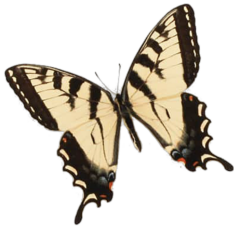

Quercus bicolor
Height and spread of 50–60’. Indigenous to moist to swampy locations in bottomlands and lowlands, … Continued
Quercus imbricaria
Not easily recognized as an oak due to the atypical, unlobed foliage. Less common than … Continued
Quercus macrocarpa
A coarsely textured crown with wooly acorns and a massive trunk with rough, deeply furrowed … Continued
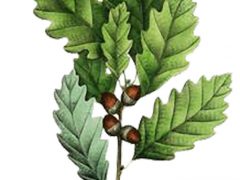
Quercus muehlenbergii
Height of 40–50’ and a spread of 50–60’ at a slow to medium rate, with … Continued
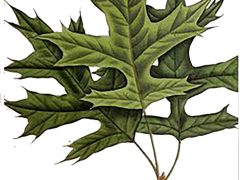
Quercus palustris
Distinctive branching pattern sets it apart from other oaks. Homeowners and city foresters like this … Continued
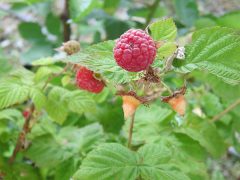
Rubus idaeus/Rubus occidentalis
‘Heritage Red’ is an everbearing variety bears fruit the first year. Produces light crop in … Continued
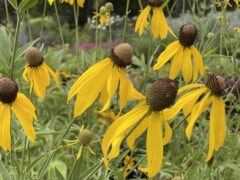
Ratibida pinnata
Native plant that thrives in dry woods, prairies and along railroad tracks and roads. Composite … Continued
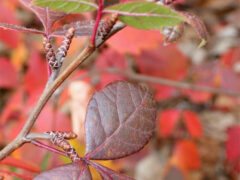
Rhus aromatica
This low-growing, native shrub forms a dense mass of stems and is used en masse … Continued
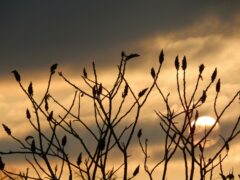
Rhus glabra
This native, deciduous shrub occurs on prairies, fields, abandoned farmland, clearings and along roads and … Continued
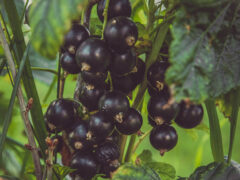
Ribes nigrum 'Consort'
Black fruit on medium-long clusters has a sweet, strong, musky flavor. Used for jams, jellies, … Continued
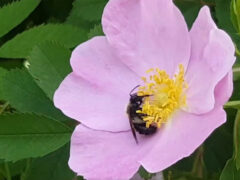
Rosa carolina
Two to three-inch wide bright pink flowers with yellow centers open in early summer on … Continued
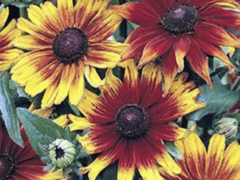
Rudbeckia hirta 'Autumn Colors'
This biennial or short-lived perennial will remain in the garden through the years by self-seeding. … Continued